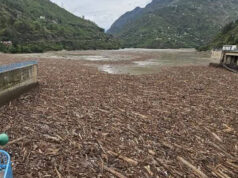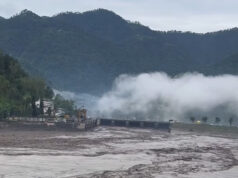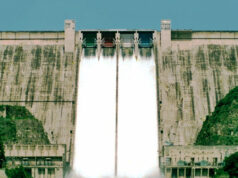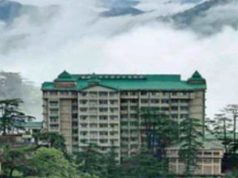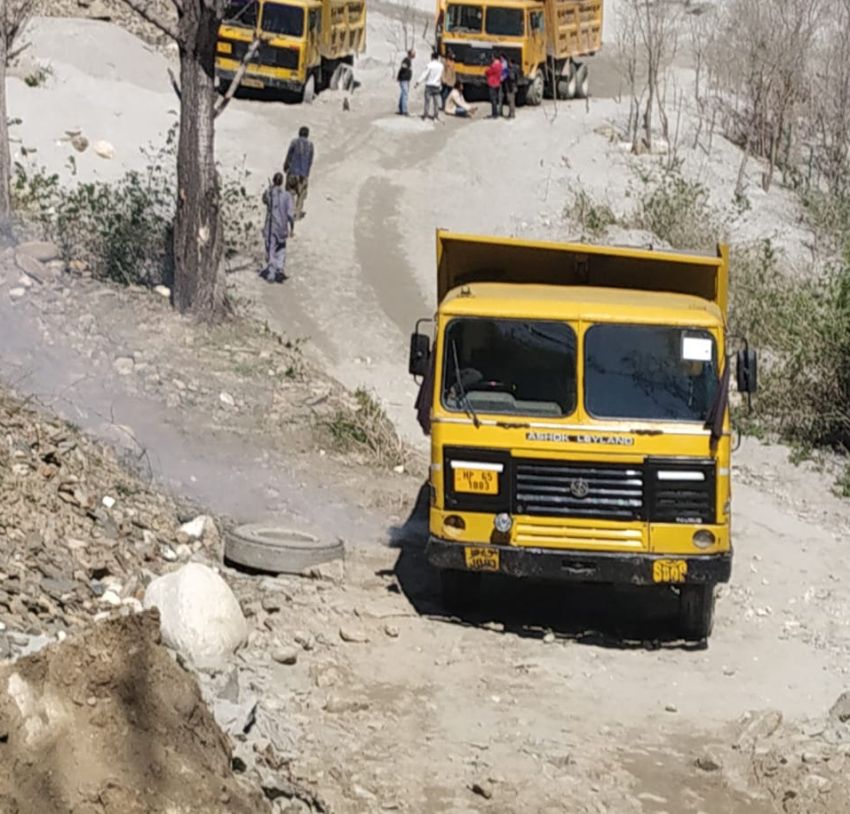Shimla — The silt blockage issue at Pandoh Dam has been successfully resolved, with all five gates now operational. This development marks a significant turn in the dam’s management, allowing for the resumption of power generation after a brief halt caused by the blockage.
The dam encountered a critical problem when heavy siltation led to two of its gates becoming jammed. This issue prompted a swift response from the Bhakra Beas Management Board (BBMB). The Chairman, accompanied by a technical team, arrived at the dam to oversee the situation. By 7 pm last evening, Gate No. 2 was successfully reopened, initiating the process of draining the accumulated water.
The reopening of Gate No. 2 facilitated the removal of silt near Gate No. 1, which was subsequently opened around 10 pm. With all five gates now fully functional, water is being released in controlled quantities to manage the flow efficiently. BBMB Chief Engineer Sunil Dutt Sharma confirmed that the gates are operational and assured the public that there was no need for concern. The effort to unjam the gates was challenging, but the combined work of BBMB personnel and advanced machinery has resolved the issue.
With the gates operational, BBMB’s immediate focus is on resuming power generation. The dam had accumulated a significant amount of debris, including wood and other materials, which had blocked water supply to the Baggi Tunnel. This blockage had stalled power generation at the Dahar Power House. The cleanup process has begun, and efforts are underway to restore the water supply to the Baggi Tunnel, paving the way for the restart of power production.
The resolution of the silt blockage not only restores normal water flow but also ensures the continued operation of the Dahar Power House. As cleanup and restoration work progresses, the dam’s management anticipates a smooth transition back to regular power generation. This resolution brings relief to the local community and stakeholders dependent on the dam’s power output, ensuring a stable energy supply in the region.


